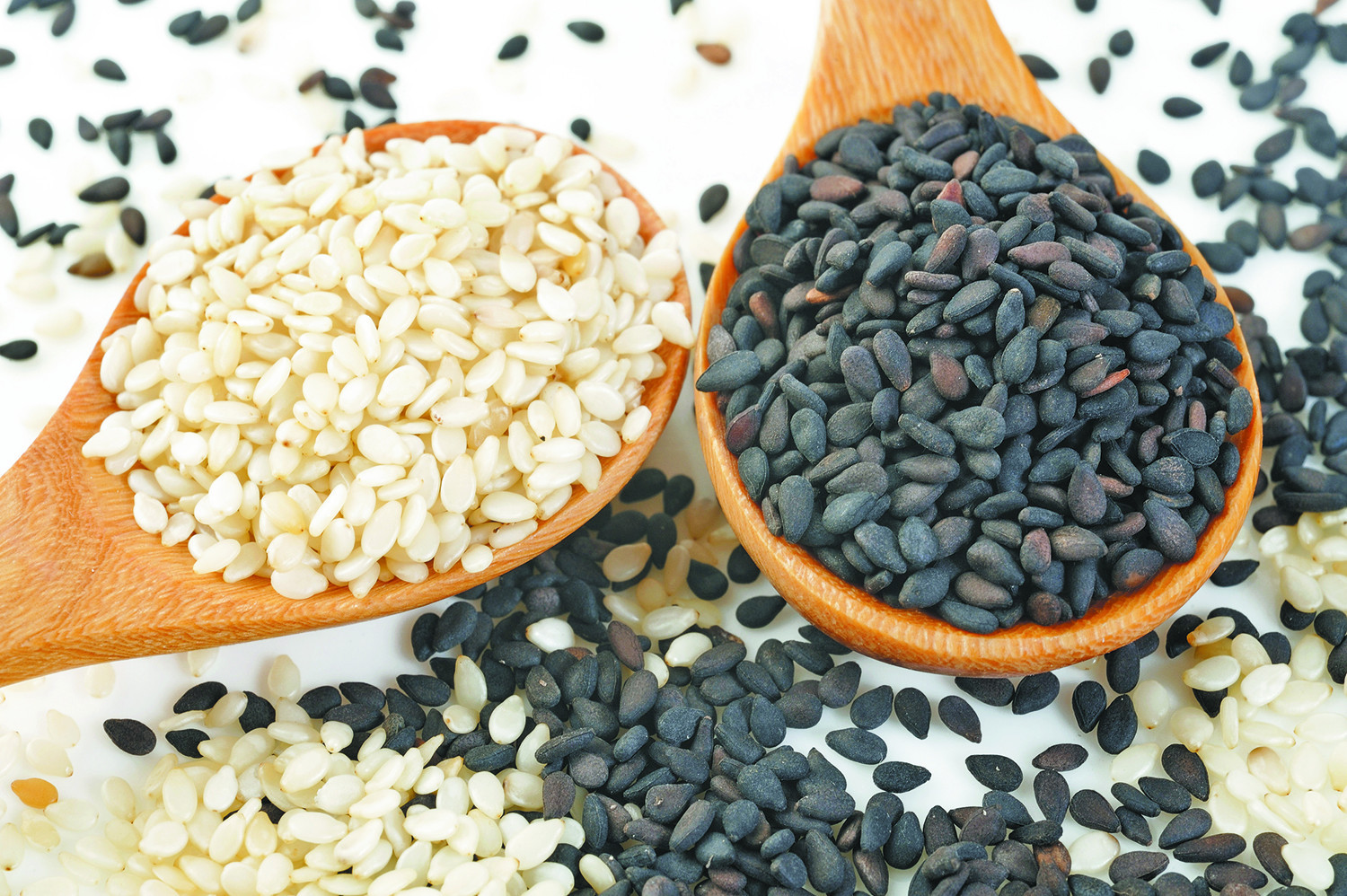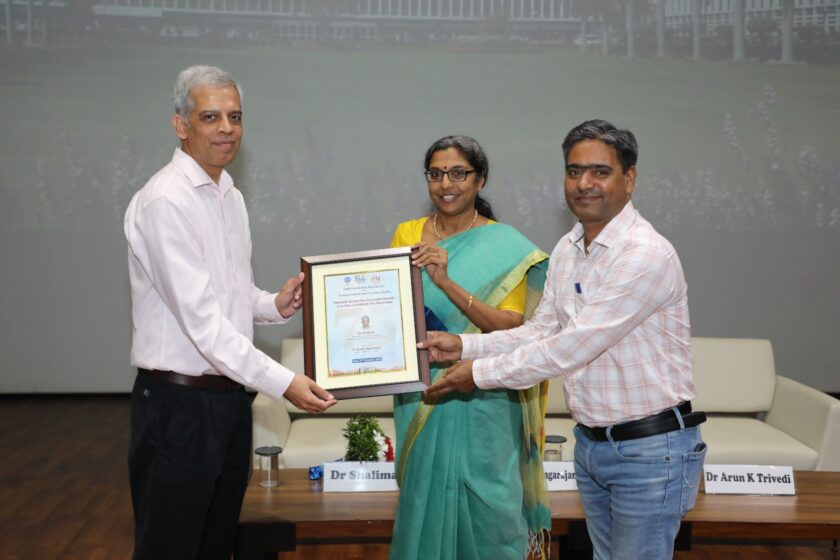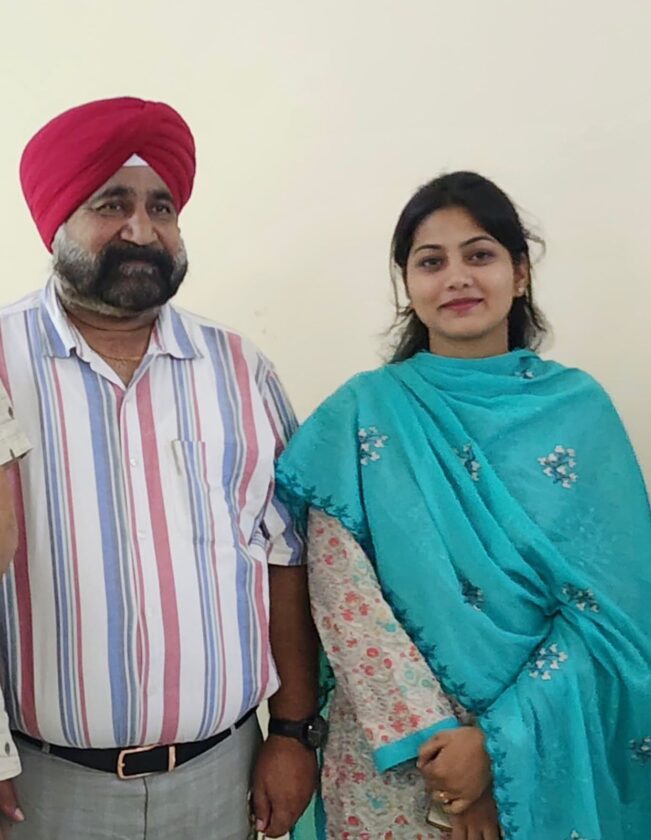Yogi Government Boosts Sesame Cultivation with Subsidies
Lucknow — In a significant step towards empowering farmers and promoting oilseed production, the Yogi Adityanath-led Uttar Pradesh government is actively encouraging sesame (til) cultivation across the state. The initiative comes with substantial subsidies, scientific training, and guaranteed returns to ensure farmers reap maximum benefits with minimal investment.
Currently, around 5 lakh hectares of land in the state are under sesame cultivation during the Kharif season. To reduce input costs and improve productivity, the Agriculture Department is offering a subsidy of ₹95 per kilogram on sesame seeds.
Scientific Farming = Higher Yields and Profit
Sesame cultivation, particularly in non-waterlogged and low-rainfall regions, requires minimal inputs but yields high returns due to its strong market demand. Farmers adopting scientific methods have seen yields rise from 4–6 quintals to 8–12 quintals per hectare.
With a Minimum Support Price (MSP) of ₹9,846 per quintal, farmers can earn up to ₹1 lakh per hectare, significantly improving rural incomes.
The government is also training farmers in modern agricultural practices, including seed treatment using Thiram or Carbendazim, organic alternatives like Trichoderma, and weed control with Pendimethalin. Additionally, instructions for disease and pest control — including fungicide sprays and biological control — are being provided by experts.

Nutritional and Medicinal Benefits of Sesame
Sesame is not only economically viable but also nutritionally rich. Containing 20.9% protein, 53.5% fat (zero cholesterol), and a wealth of vitamins and minerals like Vitamin A, B-complex, potassium, calcium, iron, and zinc, sesame has been traditionally used in Indian kitchens and recommended by doctors for daily consumption.
Its medicinal properties — from managing blood pressure and sugar to offering anti-cancer and antimicrobial benefits — make it a crop of high value, both nutritionally and commercially.
Ideal Conditions and Expert Guidance
Sesame thrives in hot and dry climates and prefers well-drained loamy or sandy loam soil with a pH of 6.0 to 7.5. The ideal sowing window extends until the last week of July, with a row-to-row spacing of 30–45 cm and plant-to-plant spacing of 10–15 cm to ensure optimal yield.
The Agriculture Department encourages farmers to utilize unused land through micro-irrigation and has established advisory support through District Agriculture Protection Units and Krishi Vigyan Kendras (KVKs).
By combining policy support, scientific guidance, and assured pricing, the UP government is positioning sesame cultivation as a smart, sustainable, and profitable farming model.






